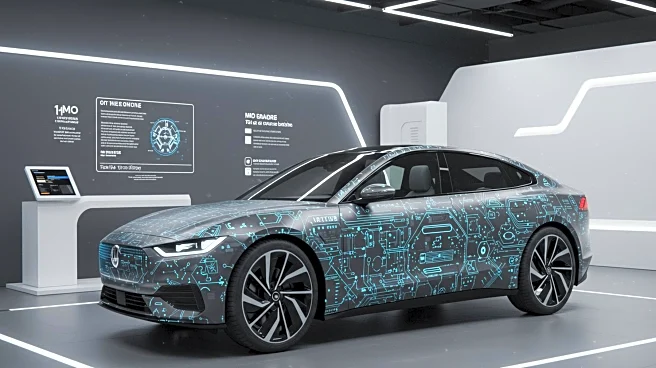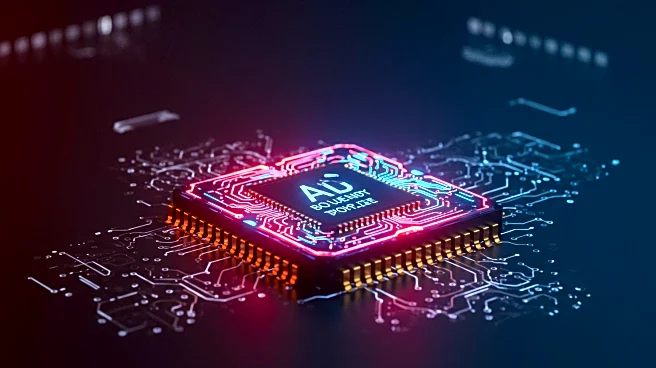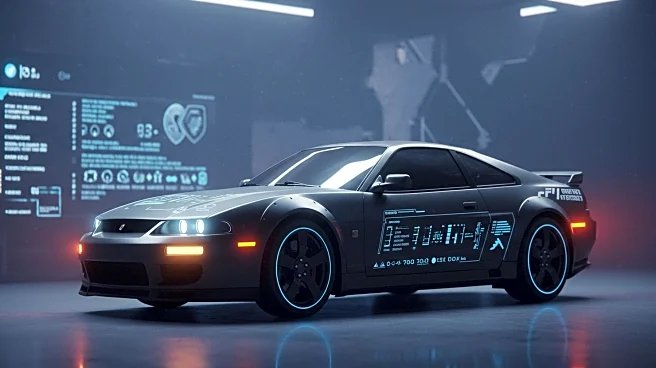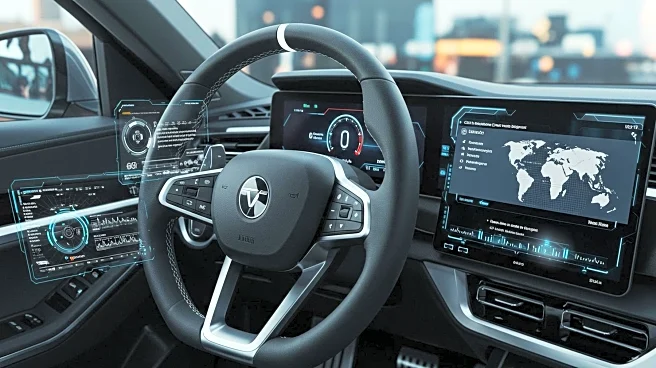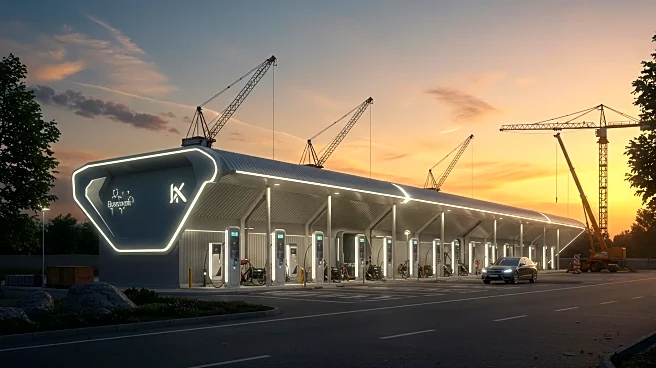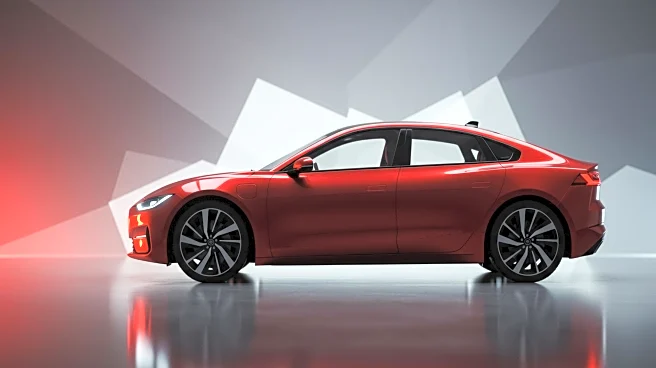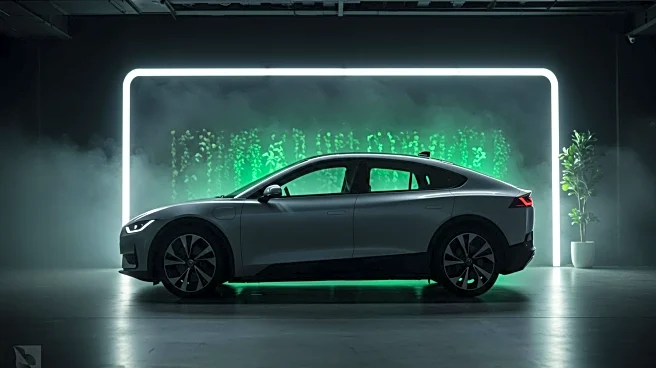Rapid Read • 6 min read
Rivian CEO RJ Scaringe has provided insights into the concept of software-defined vehicles (SDVs), highlighting a shift from traditional automotive architectures to more centralized computing systems. Unlike the conventional setup where numerous electronic control units (ECUs) operate independently, Rivian's approach involves a zonal architecture with fewer, more powerful computers. This allows for seamless communication between vehicle systems and facilitates over-the-air updates. Scaringe emphasizes that this architecture enables Rivian to implement advanced features more efficiently and positions the company as a leader in the SDV space.
AD
The transition to software-defined vehicles represents a significant evolution in the automotive industry, with potential implications for vehicle performance, safety, and user experience. By centralizing computing power, automakers can offer more sophisticated features and updates, enhancing the value of their vehicles over time. This approach also opens up new revenue streams through software-based services and subscriptions. Rivian's leadership in this area could set a precedent for other automakers, influencing industry standards and consumer expectations.
The move towards software-defined vehicles raises questions about data privacy and cybersecurity, as more vehicle functions become reliant on software and connectivity. Automakers will need to address these concerns to maintain consumer trust. Additionally, the shift may impact the traditional automotive supply chain, as the demand for specialized software and computing components increases. This could lead to new partnerships and collaborations within the tech and automotive sectors.
AD
More Stories You Might Enjoy
